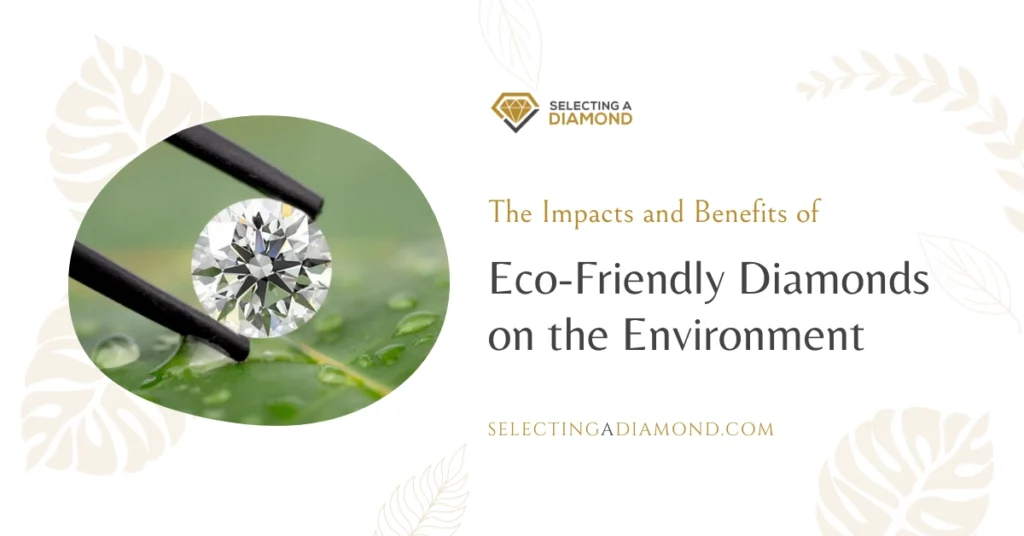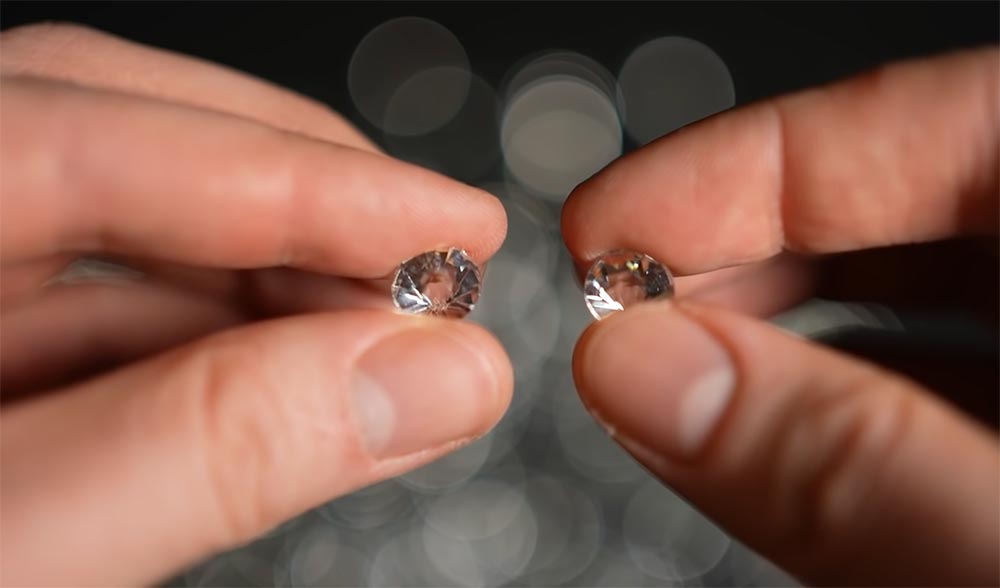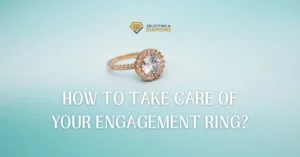In the world of gemstones, diamonds have long held a place of unmatched brilliance and timeless elegance. But for the environmentally conscious consumer, the traditional diamond industry can leave a lingering question: is there a way to celebrate life’s special moments without sacrificing the health of the planet? The answer is yes! And it comes in the form of eco-friendly diamonds.
What is an Eco-friendly Diamond?
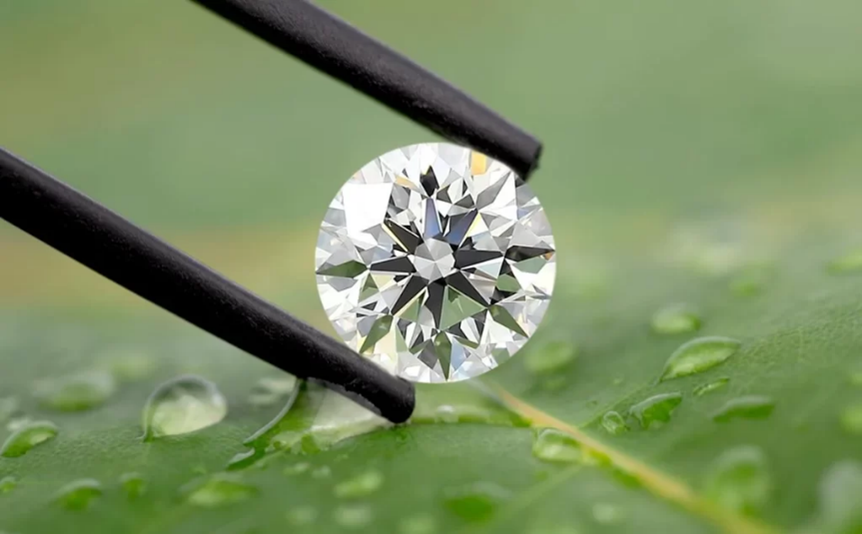
Eco-friendly diamonds, referred to as lab-grown diamonds, are created in lab chambers with nearly little environmental pollution. With a far smaller environmental impact, this procedure mimics the natural circumstances where diamonds develop deep down the earth.
They don’t require large-scale mining operations, which have the potential to harm ecosystems and displace wildlife, unlike conventionally mined diamonds. The carefully regulated laboratory setting minimizes energy usage, guarantees the use of materials sourced responsibly, and permits accurate tracking of the growth process.
By appealing to environmentally conscientious consumers who want to celebrate life’s memorable moments and enjoy purchasing diamonds without compromising their values, environmentally-friendly diamonds and ethical and sustainable diamonds help create a more sustainable diamond industry.
James Allen offers various lab grown diamonds that are both stunning and environmentally-friendly, such as this magnificent 1 carat lab created round cut diamond.
Impacts of Eco-Friendly Diamonds on the Environment
Eco-friendly diamonds are revolutionizing the diamond industry by minimizing environmental impact throughout their lifecycle. In contrast to traditional mined diamonds, their creation happens within controlled labs, allowing for huge advancements in sustainability.
The lab environment facilitates closed-loop water systems, dramatically reducing freshwater consumption compared to traditional mining practices. Furthermore, research is ongoing to optimize the growth process, potentially leading to even lower energy requirements and reduced reliance on non-renewable resources.
A study by Frost & Sullivan compared lab-grown diamonds to mined diamonds. They found that mining diamonds creates 4,383 times more waste than making diamonds in a lab. Mining also uses 6.8 times more water and 2.14 times more energy per carat of diamond.
Additionally, lab-grown diamonds produce no sulfur oxide and over half less nitrous oxide compared to mined diamonds.
Here is a comprehensive list of the impacts of environmentally-friendly diamonds on the environment:
Land Impact
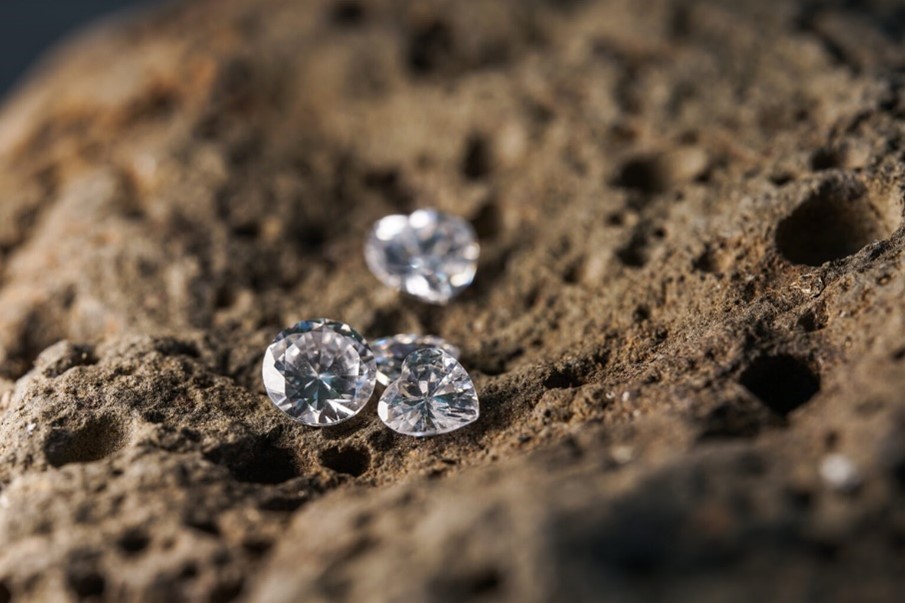
Traditional diamond mining involves extensive and damaging land use. Large tracts of land are removed for mining activities, which causes soil erosion, habitat loss, and deforestation. Ecologically friendly diamonds, on the other hand, require less land. They are created in small-scale lab spaces, so there’s no need for extensive excavation or deforestation. This greatly lessens the negative effects of mining on the environment, promoting the health of already-existing ecosystems and possibly supporting attempts to restore land in regions that were previously affected by mining.
A study titled “Environmental Impact Analysis: Production of Rough Diamonds” by Frost & Sullivan reveals that:
- Mined diamonds use 00091 hectares of land per carat, whereas eco-friendly diamonds use only 0.00000071 hectares per carat.
- Mined diamonds generate 63 tonnes of mineral waste per carat, whereas grown diamonds only produce 0.0006 tonnes per carat.
Water Impact
Diamonds that are environmentally friendly are gaining attention for using less water. Conventional mining can be extremely thirsty, needing large amounts for operations like dust control and excavation. This may put a burden on the area’s water supplies and upset neighboring ecosystems.
But the process of making eco-friendly diamonds takes place in monitored laboratories using advanced water management technology. Almost all of the water consumed during growth is captured by this closed-loop system. Before being used once more, the collected water must first go through a thorough cleansing and treatment process. Because of this creative method, freshwater usage is significantly reduced, which makes them a more water-conscious option for people who care about the environment.
Water usage for mined and ecologically friendly diamonds differs significantly, according to the aforementioned Frost & Sullivan study:
- Mined diamonds require 48 cubic meters per carat while eco-friendly diamonds minimize overall water consumption to just 0.07 cubic meters per carat.
Air Impact

Eco-friendly diamonds are a breath of fresh air for our planet. Traditional mining can leave a significant mark on air quality, releasing pollutants from dust, explosives, and vehicle emissions. Environmentally-friendly diamonds are created in a controlled lab environment.
This allows for two key advantages: first, advanced filtration systems capture and remove air pollutants generated during the growth process. Second, the potential to utilize renewable energy sources like solar or wind power minimizes greenhouse gas emissions associated with energy consumption.
Eco-friendly diamonds generate immensely lower air emissions compared to mined diamonds, and here are Frost & Sullivan’s findings on the effects of environmentally friendly diamonds on the air:
- Mined diamonds produce 57,000 grams of carbon emissions per carat while eco-friendly diamonds emit a considerably smaller amount, at only 028 grams per carat.
Energy Impact
Environmentally-friendly diamonds actively support a sustainable future during the production process; they are not merely about not causing harm to the environment.
One of the main renewable energy sources that is used in the creation process is solar energy, which uses equipment that is positioned to capture solar radiation and turn it into electricity.
Another possible source is wind energy, which turbines may use to power the process of growing diamonds while also providing clean, easily accessible wind power. Because of this dedication to renewable energy, the overall carbon footprint of eco-friendly diamonds is greatly reduced, and dependence on fossil fuels is minimized.
According to Frost & Sullivan’s Environmental Impact Analysis:
- Mined diamonds require 538,577,900 Joules of energy per carat, whereas eco-friendly diamonds use 250,750,487 Joules per carat.
It’s also worth mentioning that lab diamonds replicate the Earth’s diamond-forming process using advanced methods. One approach, High Pressure, High Temperature (HPHT), involves using large microwave-heat generators to create high pressure and temperatures exceeding 300°F.
Another method, Chemical Vapor Deposition (CVD), requires maintaining temperatures up to 1500°F to grow diamonds layer by layer from carbon-rich gases.
Wildlife Impact

Traditional diamond mining causes several ecological disturbances and wildlife displacements. Important water sources are contaminated when pollutants and water waste are released, and habitats are destroyed when vegetation and soils are removed. Significant noise pollution is also produced by mining operations, which further ruins animal behavior and communication. The fragmentation of natural landscapes caused by mining activities leaves a human footprint that threatens species that depend on particular habitats and drives away wildlife populations.
On the other hand, environmentally friendly diamonds provide a ray of hope for the preservation of wildlife. Eco-friendly diamonds save the many species that live in our planet’s ecosystems by removing the need for extensive mining operations.
Their production was carried out in a controlled lab setting to reduce noise, water pollution, and disturbance of the habitat. This enables for possible land restoration initiatives in places formerly affected by mining, in addition to protecting the populations of species that are now present. Customers may help ensure that wildlife and the natural world have a more sustainable future by selecting eco-friendly diamonds.
Benefits of Eco-Friendly Diamonds
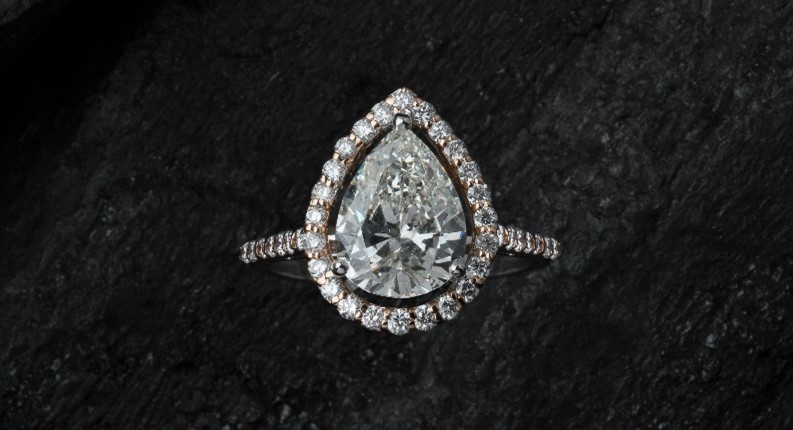
Eco-friendly diamonds offer a brighter future for our planet. From minimal water usage and clean energy sources to reduced air pollution and protection of wildlife habitats, choosing an eco-friendly diamond allows you to celebrate a special occasion while contributing to a more sustainable world.
Reducing Carbon Footprint
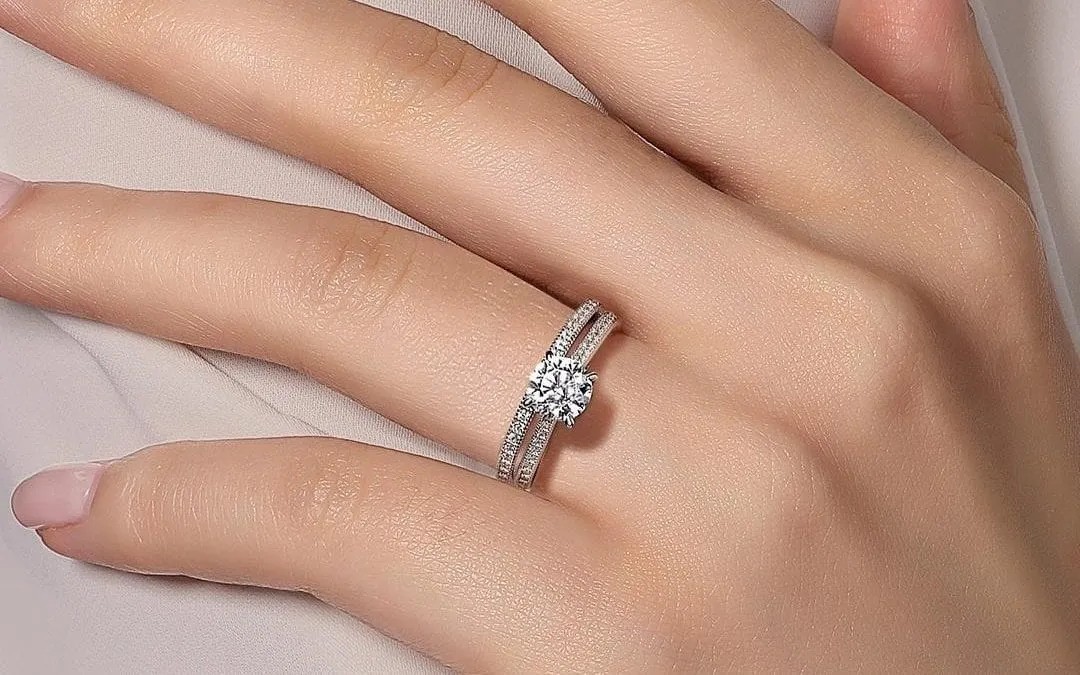
When compared to conventionally mined diamonds, eco-friendly diamonds have a substantially lower carbon impact. Because its production is done in carefully regulated labs, renewable energy sources like solar and wind power can be used. By doing this, dependency on fossil fuels and the greenhouse gas emissions they produce are reduced.
Water Conservation
Water is a valuable resource, and conventional diamond mining can use a lot of water. Water is frequently needed in enormous volumes for operations like dust suppression and excavation.
On the other hand, a closed-loop water system is used in the lab to create eco-friendly diamonds. Water may be captured, treated, and reused during the growing phase thanks to this method. This creative method minimizes the impact on freshwater resources while drastically reducing water consumption.
More Cost-Effective
Lab-grown diamonds typically cost 10% to 30% less than natural diamonds. This cost saving allows consumers to opt for a larger stone, upgrade the clarity and color for a truly unique piece, and enjoy diamonds with fewer impurities.
Less Energy Consumption
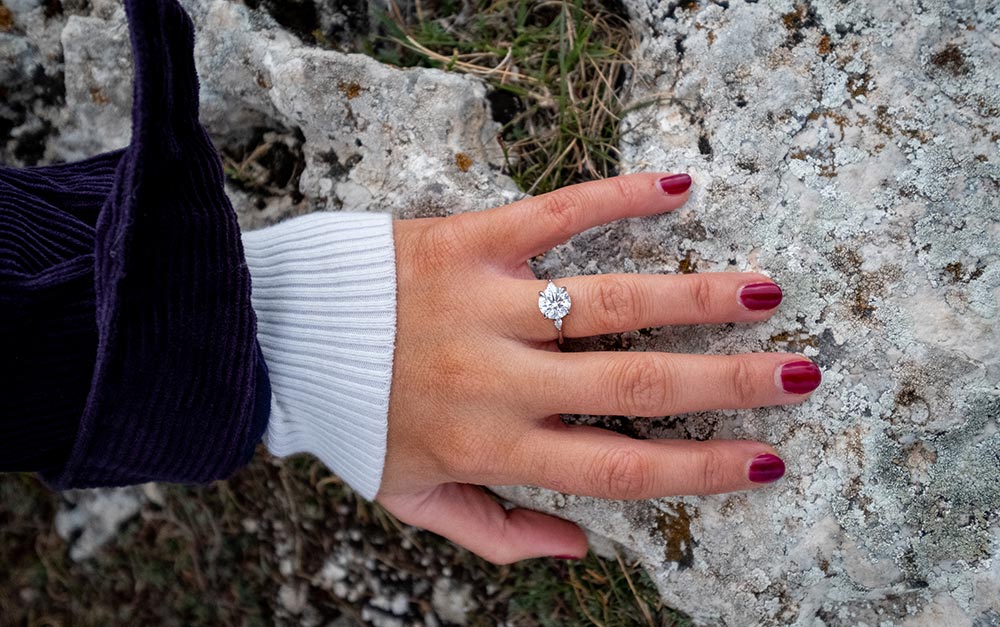
An important feature of environmentally friendly diamond production is energy efficiency. In contrast to conventional mining, which mostly uses energy-intensive equipment and transportation, environmentally friendly diamonds are produced in regulated settings.
This makes it possible to employ renewable energy sources and optimize processes. When compared to conventional techniques, this results in a considerable decrease in total energy usage, which makes eco-friendly diamonds a more sustainable option.
Preservation of Habitation and Wildlife
The effects of large-scale diamond mining on ecosystems can be disastrous. Through land removal and deforestation, it disturbs habitats, uprooting wildlife and endangering entire species. Because they completely do away with the necessity for large-scale mining, eco-friendly diamonds provide a solution thanks to their production in labs. This permits prospective land restoration initiatives in regions formerly affected by mining, in addition to safeguarding the populations of species that are now present.
Contributing to Sustainable Living and Consumption
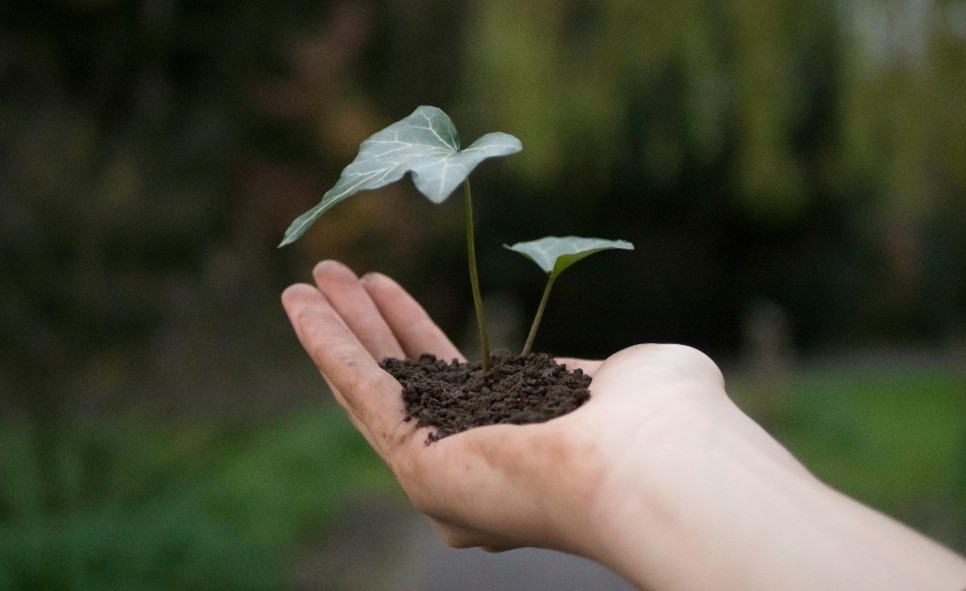
Sustainable living is about making deliberate decisions that reduce our environmental impact over a product’s lifecycle, not only about cutting waste. Eco-friendly diamonds are the epitome of this theory. Modern technology is used in their manufacture to reduce the environmental effect at every stage of the process, from sourcing to production.
This strategy is in complete harmony with sustainable consumption habits, which promote choosing goods that give ethical production processes and responsible sourcing first priority. Choosing an eco-friendly diamond is more than just purchasing a stunning stone; it’s a declaration of your beliefs that future generations will live in a more sustainable world.
Check out our list of places to buy eco-friendly diamonds and choose your favorite!
Minimal Environmental Pollution
Reducing environmental effects and maintaining clean air are top priorities in the creation of eco-friendly diamonds. Because these diamonds are produced in well-regulated labs, cutting-edge filtration techniques can be used.
According to the U.S. Geological Survey, the mining process for natural diamonds is highly resource-intensive, requiring the extraction of 200 to 400 million times as much rock for each diamond recovered. This highlights the significant environmental footprint of traditional diamond mining.
In order to ensure cleaner air in the laboratory and reduce any possible emissions released into the atmosphere, these systems collect and eliminate air contaminants produced throughout the growing process. Additionally, the emphasis on clean energy sources like wind and solar power lowers greenhouse gas emissions related to energy use.
FAQs
Which diamond is good for the environment?
An eco-friendly diamond, also known as a lab-grown diamond, produces a significantly lower environmental footprint compared to traditionally mined diamonds because it’s created in a lab using renewable energy sources.
What is the most environmentally friendly gemstone?
There are many options, but eco-friendly diamonds are distinguished for their focus on minimizing environmental impact throughout their creation process.
What is called a green diamond?
A “green diamond” can refer to two things: an incredibly rare natural diamond that gets its color from radiation underground, or a more affordable eco-friendly diamond (lab-grown) that is created sustainably.
Are diamonds renewable?
Natural diamonds are not renewable. They are formed under extreme pressure and heat deep underground over millions of years. However, there are eco-friendly diamonds that are created in controlled laboratories using advanced technology.
What is the cleanest diamond in the world?
For minimal environmental impact and cleanness, the crown goes to eco-friendly diamonds which minimize water use, utilize renewable energy, and avoid disruptive mining.
As awareness of the unsustainable practices in mined diamonds grows, consumer choices are driving a surge in eco-friendly alternatives when shopping for a diamond. Eco-friendly diamonds, created in controlled labs, minimize environmental impact. Their increasing popularity paves the way for a future where ethical sourcing and environmental responsibility go hand in hand with the beauty of diamonds.

